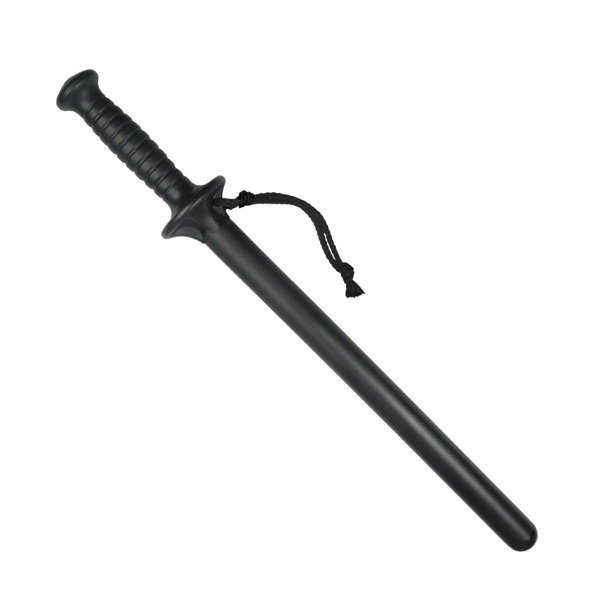The Importance of Ergonomics in Police Batons!
الجسم

Police officers are highly trained individuals that use a variety of tools to help keep the public safe. One of the most important tools used by law enforcement is the police baton. To assist in their job performance, it is essential for officers to have an ergonomically designed baton that is comfortable to handle and use in all situations. Ergonomics plays a crucial role in police batons, as it ensures maximum safety and efficiency when conducting arrests or other law enforcement activities.
What are Ergonomics?
Ergonomics is the science of designing equipment and workplaces to maximize safety, comfort, and efficiency. When it comes to police batons, ergonomics refers to the design of the baton to ensure it fits comfortably in an officer's hand, provides optimal control and accuracy, and minimizes the risk of injury to the officer or the suspect.
Safety
Ergonomics plays a significant role in the safety of law enforcement officers. A poorly designed baton can result in an officer losing control of the weapon, leading to injuries to themselves or the suspect. Properly designed batons with ergonomic features ensure that the officer can maintain control and accuracy, reducing the risk of injury.
Comfort
Law enforcement officers often work long hours, and the comfort of their equipment can impact their performance and well-being. A poorly designed baton can cause discomfort or fatigue, reducing an officers' ability to perform their duties effectively. Ergonomic batons are designed to fit comfortably in an officer's hand, reducing the risk of hand fatigue and increasing their effectiveness.
Accuracy
Ergonomic police batons provide better accuracy and control in various situations. With a baton designed to fit comfortably in an officer's hand, they can maintain a better grip, making it easier to control the baton's movements. This increased accuracy is essential when trying to subdue an unruly individual or control a crowd.
Efficiency
Efficiency is essential in law enforcement, and ergonomic police batons can improve officers' performance. A properly designed baton allows officers to respond more quickly to a situation, increasing their efficiency. Additionally, ergonomic batons can be used for longer periods, reducing the need for frequent breaks and increasing productivity.
Reduced Liability
A poorly designed baton can lead to injuries to the officer or the suspect, resulting in liability issues for law enforcement agencies. Properly designed ergonomic batons minimize the risk of injury, reducing liability and improving officer safety.
Conclusion
The importance of ergonomics in police batons cannot be overstated. A properly designed baton can improve safety, comfort, accuracy, and efficiency, and reduce liability issues for law enforcement agencies. Law enforcement agencies should prioritize the use of ergonomic batons to ensure their officers can perform their duties safely and effectively.
When choosing a police baton, it's crucial to consider the ergonomics of the design to ensure it fits comfortably in an officer's hand, provides optimal control and accuracy, and minimizes the risk of injury. By prioritizing ergonomics in police baton design, law enforcement agencies can improve officer safety and performance while reducing liability issues.











تعليقات